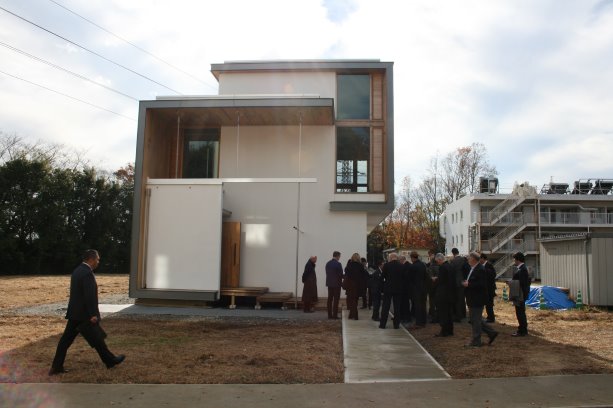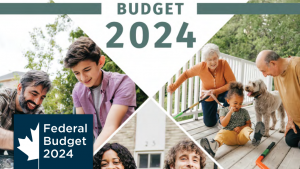A recent 7.1 magnitude earthquake in Mexico has flattened buildings and killed more than 250 people, reminding those in the Pacific Northwest of what an earthquake can do.
The Victoria Residential Builders Association (VRBA) believes one simple way the government could assist in preparing for the region’s inevitable quake is through a renovation tax credit to fund earthquake retrofits.
Casey Edge, VRBA executive director, said the association has been advocating for the tax credit for years, noting that building requirements barely started dealing with seismic standards in the 1950s and it wasn’t until the 1970s that more sophisticated mitigation methods were developed.
According to the Canada Mortgage and Housing Corporation, close to half the existing housing stock is in need of seismic mitigation.
"We have thousands of seismic events, most of them not noticeable, but the earthquake in Mexico is a reminder," Edge said. "We know that there is an earthquake waiting to happen here and it will certainly be bigger than the Mexico quake."
Edge said in terms of seismic safety and efficiency the government has instead focused more on new home construction despite the low hanging fruit of older buildings. The tax credit could also fund projects to make homes more energy efficient.
"It’s not just about seismic," said Edge. "Most of our homes are older homes, they have asbestos issues, energy efficiency issues, and the earthquake risk is high and needs to be addressed."
In terms of energy efficiency, Edge said older homes have 10 to 40 air changes per hour, a new green home has about three. And while the new Step Code will reduce that three to two or one, for less money an older home could reduce those air changes by 20.
"Why do they ignore the thousands of at-risk older homes where great gains could be made?" Edge said.
Another argument Edge made for the tax credit is eliminating the "underground economy" where shady builders complete work. Receipts are needed which means the income on the work must be declared. This ensures crucial safety work is done correctly by reputable builders.
"Right now, anyone can call themselves a renovator," Edge said, adding the VRBA is also advocating for renovation training standards.
While Edge said the construction industry is extremely busy, renovations create opportunities for young people to learn skilled trades in their local community rather than some far off job site.
Edge noted that Brandon, Man. recently funded a renovation tax credit through property taxes.
"If they can do a renovation tax credit, why the heck can’t the province of B.C. with its $2 billion in revenue from the property transfer tax and foreign buyers’ tax?" asked Edge.
He added he has written letters to B.C.’s new NDP government but has yet to get a response.
The province has struggled to improve seismic infrastructure for schools.
In August, the province reported 155 schools in the seismic mitigation program that are considered high risk for earthquake damage have no scheduled upgrades planned.
Since the program began, $1.5 billion has been spent on upgrades and 165 schools have been completed.
Fourteen schools are now under construction and 12 have construction dates scheduled.











Recent Comments
comments for this post are closed